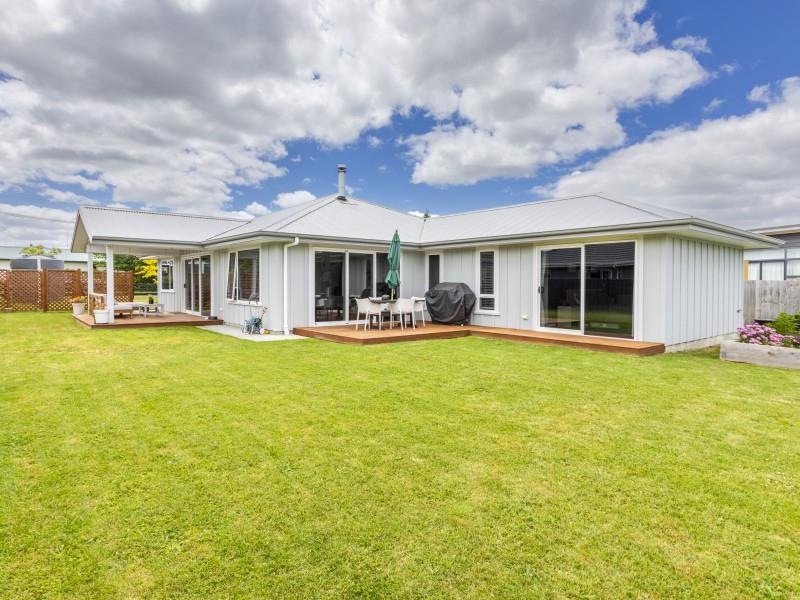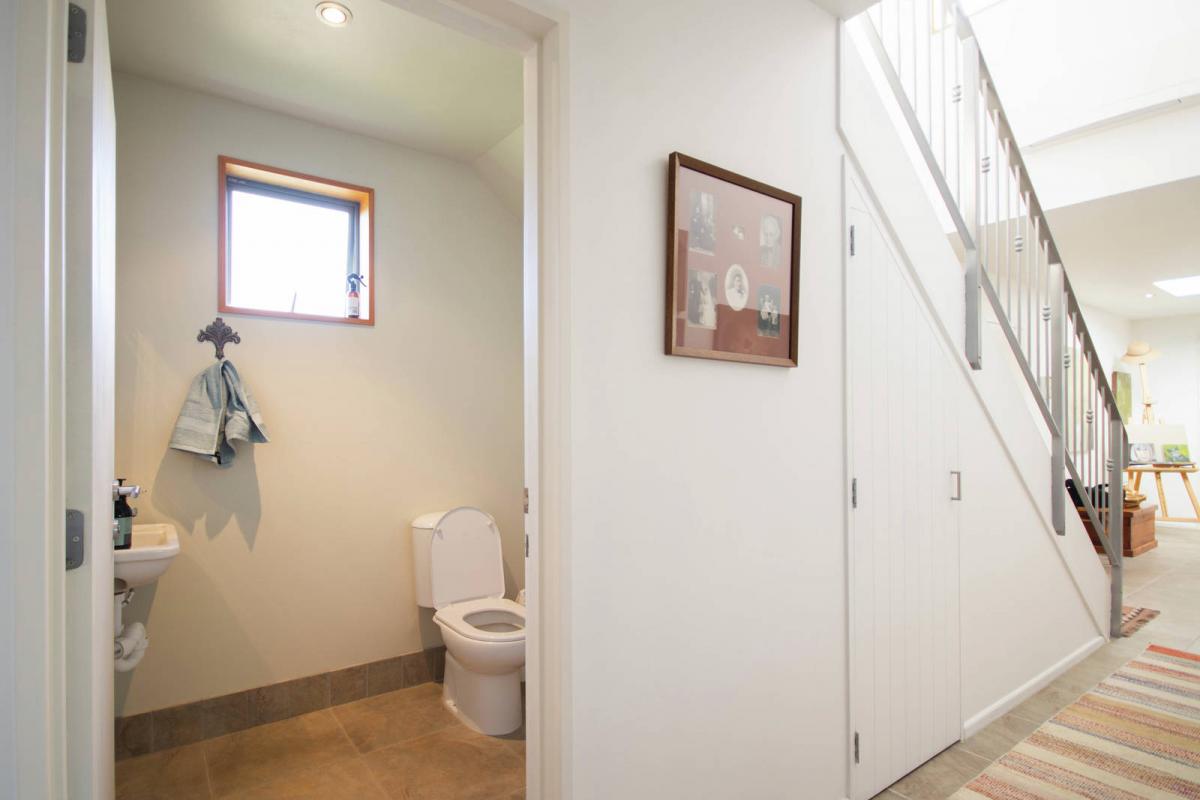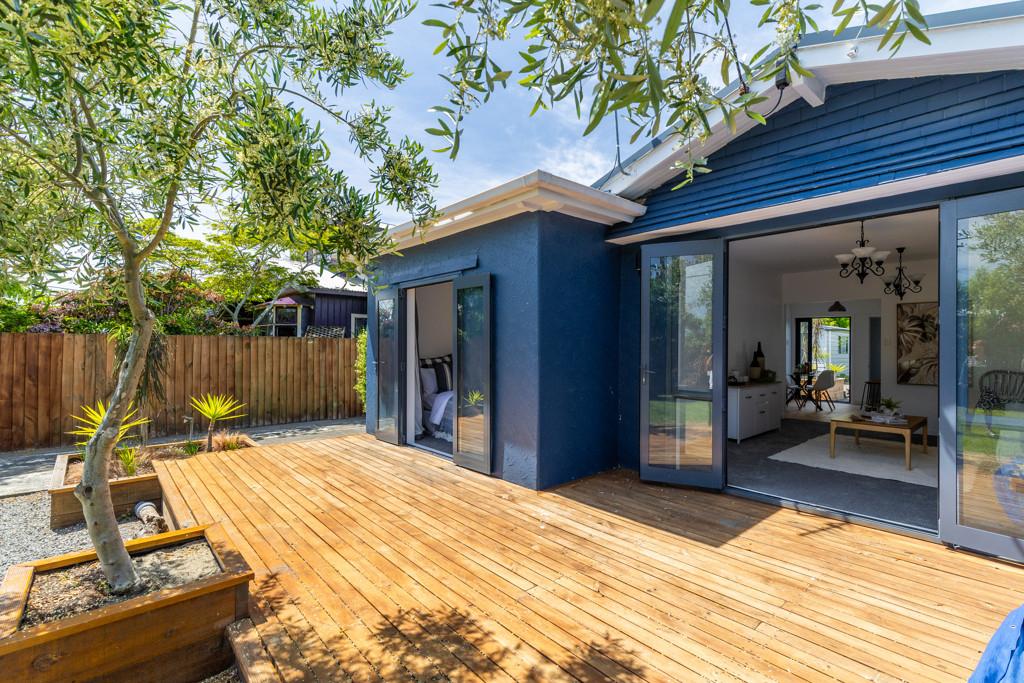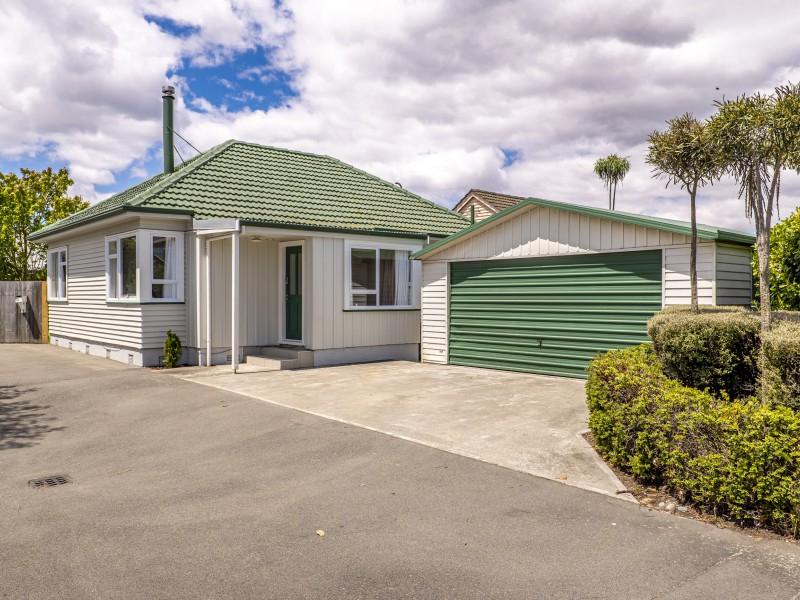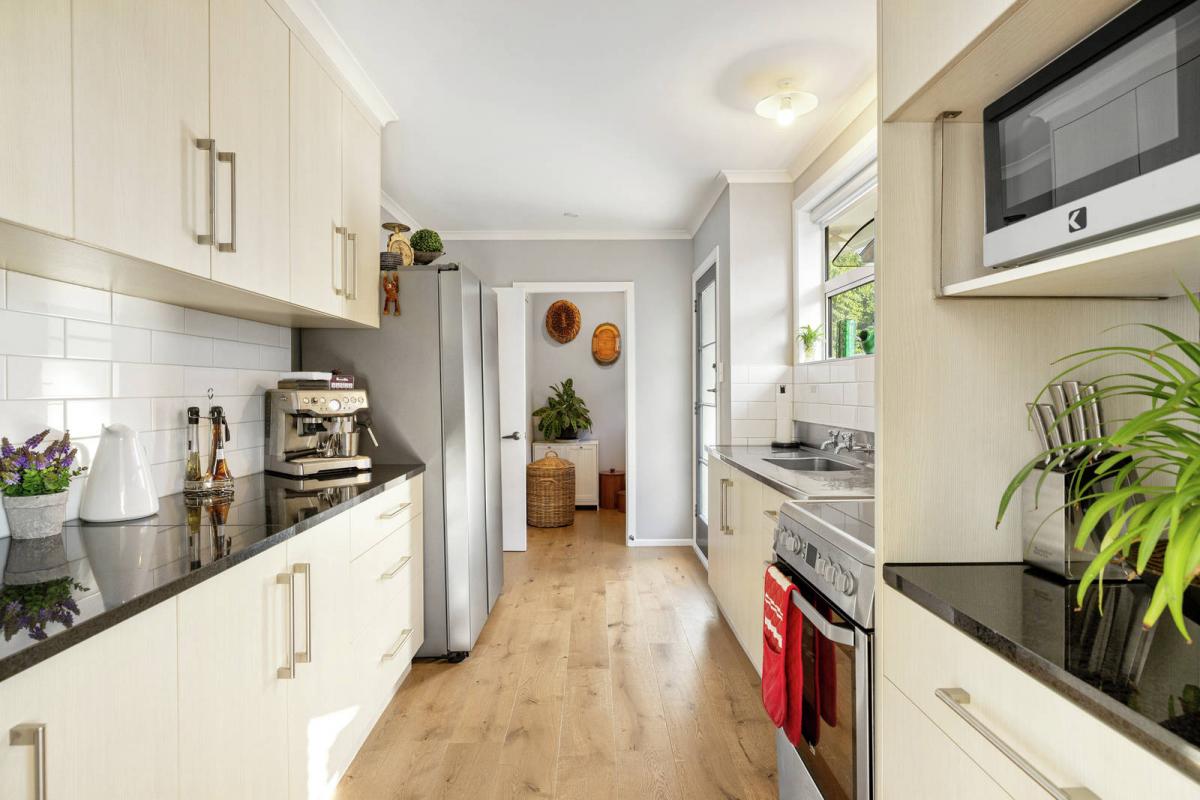How to build a bridge and get over it: Ashburton’s second bridge short of $48.2m
From local democracy reporter Jonathan Leask:
Ashburton’s planned second bridge project has a rather large fiscal hole that is currently filled with the hope the Government comes to the party.
The council is making all the right moves to get a second Hakatere/Ashburton River bridge, mayor Neil Brown says, but it’s not a given that it will get the green light.
Brown is confident the council has a strong case but accepts the big unknown is what projects the country’s other 66 territorial authorities are putting forward that could push Ashburton’s plan down the priority list.
There were some difficult and complex conversations to come in the next 12 months, and the council would do everything its power to build the bridge, he said.
“We are happy to have those conversations. They need to be had so we can get it sorted.”
The council accepted the detailed business case for the now $113.6 million project in August to go to Waka Kotahi NZ Transport Agency to seek approval.
Waka Kotahi regional relationships director James Caygill said the second bridge was currently in the 2024-27 national land transport plan cycle, which would be finalised by the agency’s board next year.
The first step was the regional land transport plan, which involved the Canterbury regional transport committee prioritising projects put forward by the region’s councils.
Projects were then considered and prioritised nationally, Caygill said.
“The next step is funding the gap,” Brown said.
The council had budgeted $7.5m, but signalled in August it would consider a larger contribution.
The decision was made when signing off the business case to go to Waka Kotahi, which showed the project costs had ballooned from the previously estimated $37m to $113.6m.
If the proposal was accepted, Caygill said it would receive Waka Kotahi’s base funding assistance rate of 51% – or $57.9m.
The council’s business case suggested it was eligible for more than 51%, but even if Waka Kotahi went up to 63% ($70.4m) there was still a shortfall.
The shortfall was at least $48.2m – based on the council's current $7.5m and Waka Kotahi’s minimum of $57.9.
That introduced a third funding stream: the Crown.
The Crown, through the $8.7 billion NZ Upgrade programme, funded Ashburton’s Walnut Ave upgrade and the upcoming Tinwald corridor upgrade, and Brown believed the second bridge could receive similar treatment.
The difficulty was the second bridge was competing against every major project across the country to secure funding and approval.
Brown said the May 2021 floods showed another crossing over the river was crucial for the South Island, and as well as the national significance of being a resilience project, it carried climate change benefits by opening up safer passage for walking and cycling.
Best case scenario, the second bridge project would get Crown funding and construction could start as soon as the detailed designs and tender were finalised.
Failing that, it needed to be approved in the national land transport plan cycle and, with the Crown then funding the gap, boots could be on the ground in 2024, or at some stage in the 2024-27 period.
The worst-case scenario was it missed the cut or fell short on funds to get pushed for consideration in the following NLTP.
The left-field option was the council funding the $113.6m project itself. It could start as soon as the council was ready, but it would come at a heavy cost to ratepayers.
District councillor Russell Ellis pointed to the cost escalation over the last decade, “nearly $10m a year” and the need for urgency as costs continue to rise.
“If we don’t build this thing in the next three or four years, where is that money going to come from?
“The hole just gets deeper and deeper and deeper.”
Councillor Tony Todd said the road to zero campaign and its $193m budget for a “supposedly educational programme” would be better spent on physical works to improve safety.
Best way to use leftovers?
I'm sure you've got some excess ham at home or cold roast potatoes.
What are some of your favourite ways to use leftover food from Christmas day? Share below.

⚠️ DOGS DIE IN HOT CARS. If you love them, don't leave them. ⚠️
It's a message we share time and time again, and this year, we're calling on you to help us spread that message further.
Did you know that calls to SPCA about dogs left inside hot cars made up a whopping 11% of all welfare calls last summer? This is a completely preventable issue, and one which is causing hundreds of dogs (often loved pets) to suffer.
Here are some quick facts to share with the dog owners in your life:
👉 The temperature inside a car can heat to over 50°C in less than 15 minutes.
👉 Parking in the shade and cracking windows does little to help on a warm day. Dogs rely on panting to keep cool, which they can't do in a hot car.
👉 This puts dogs at a high risk of heatstroke - a serious condition for dogs, with a mortality rate between 39%-50%.
👉 It is an offence under the Animal Welfare Act to leave a dog in a hot vehicle if they are showing signs of heat stress. You can be fined, and prosecuted.
SPCA has created downloadable resources to help you spread the message even further. Posters, a flyer, and a social media tile can be downloaded from our website here: www.spca.nz...
We encourage you to use these - and ask your local businesses to display the posters if they can. Flyers can be kept in your car and handed out as needed.
This is a community problem, and one we cannot solve alone. Help us to prevent more tragedies this summer by sharing this post.
On behalf of the animals - thank you ❤️

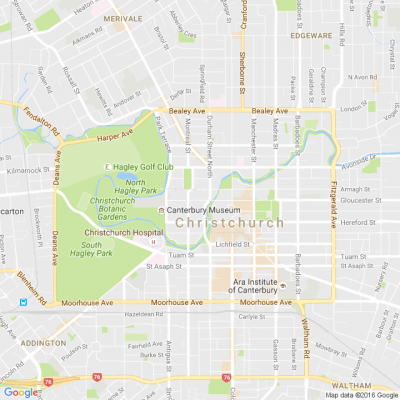








 Loading…
Loading…